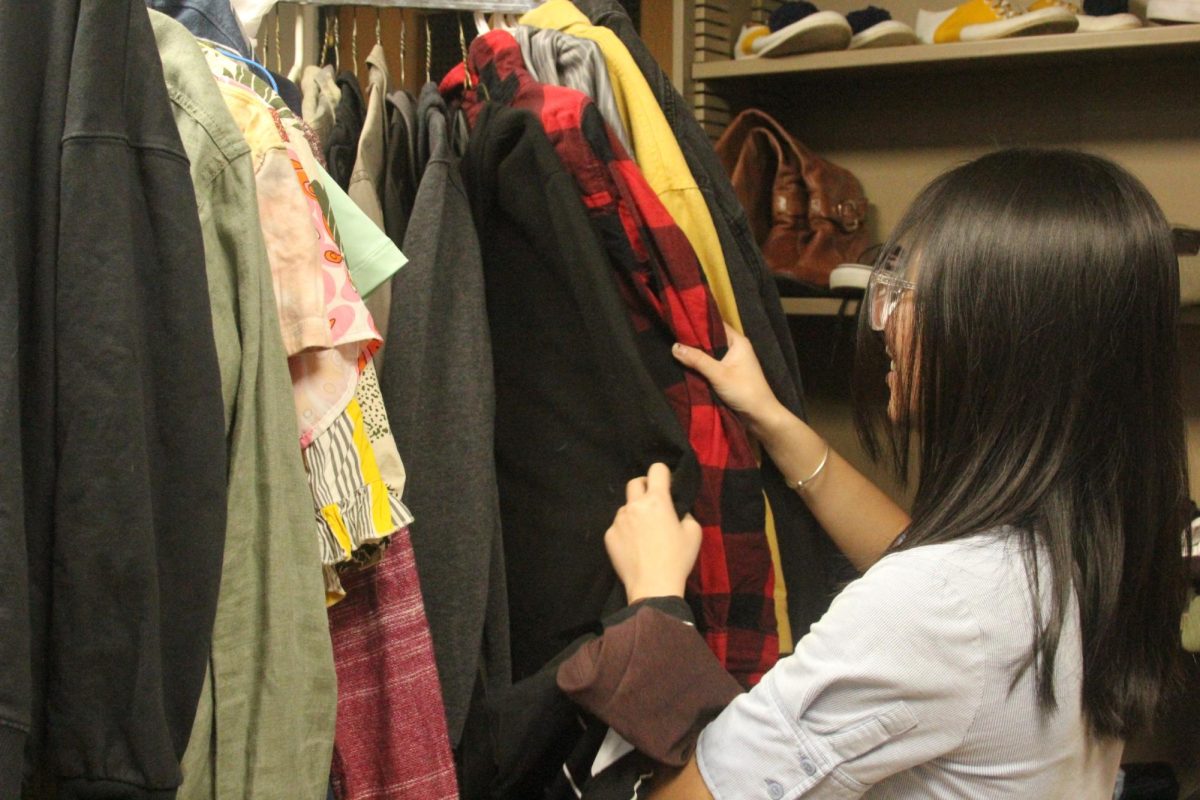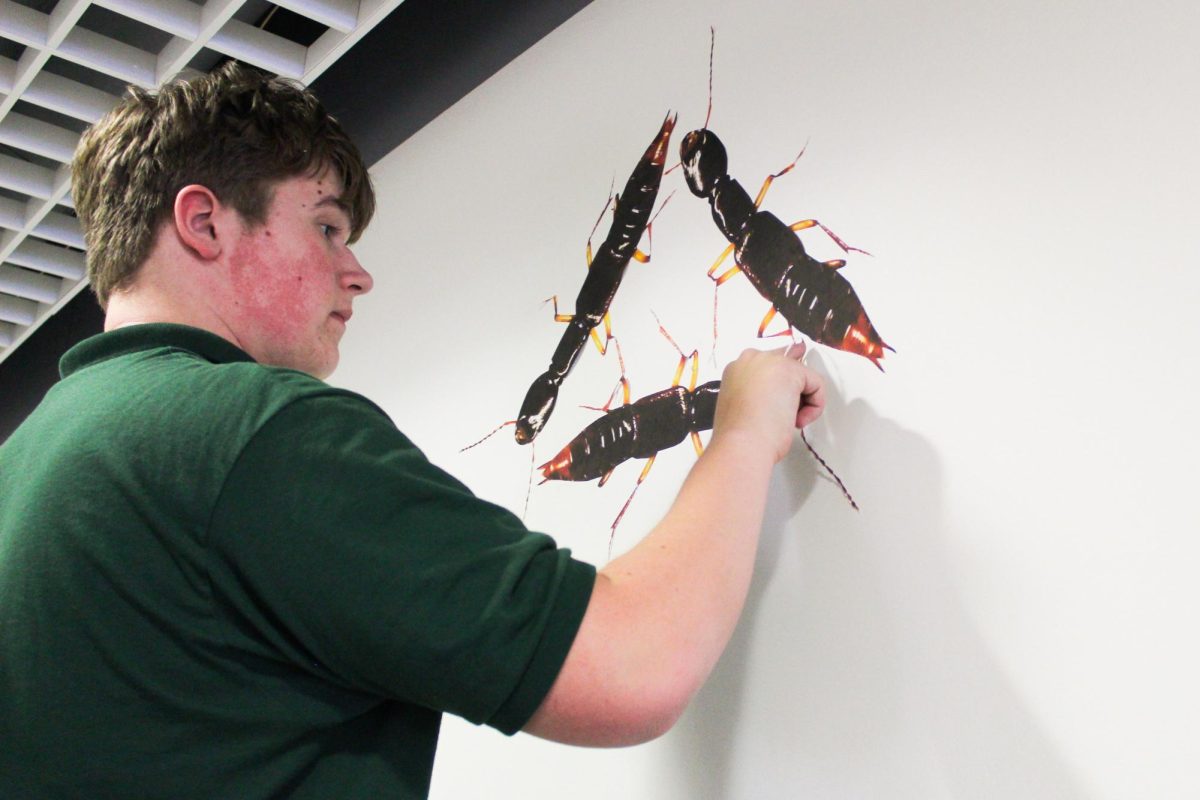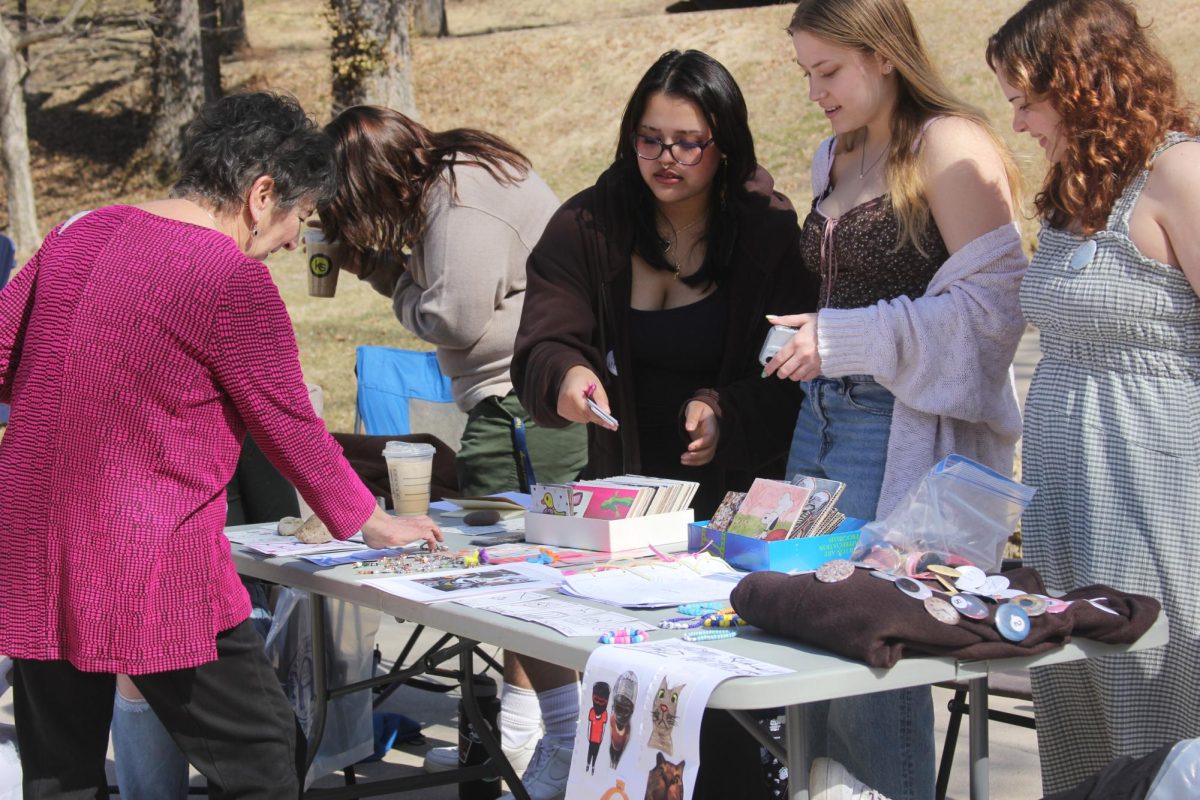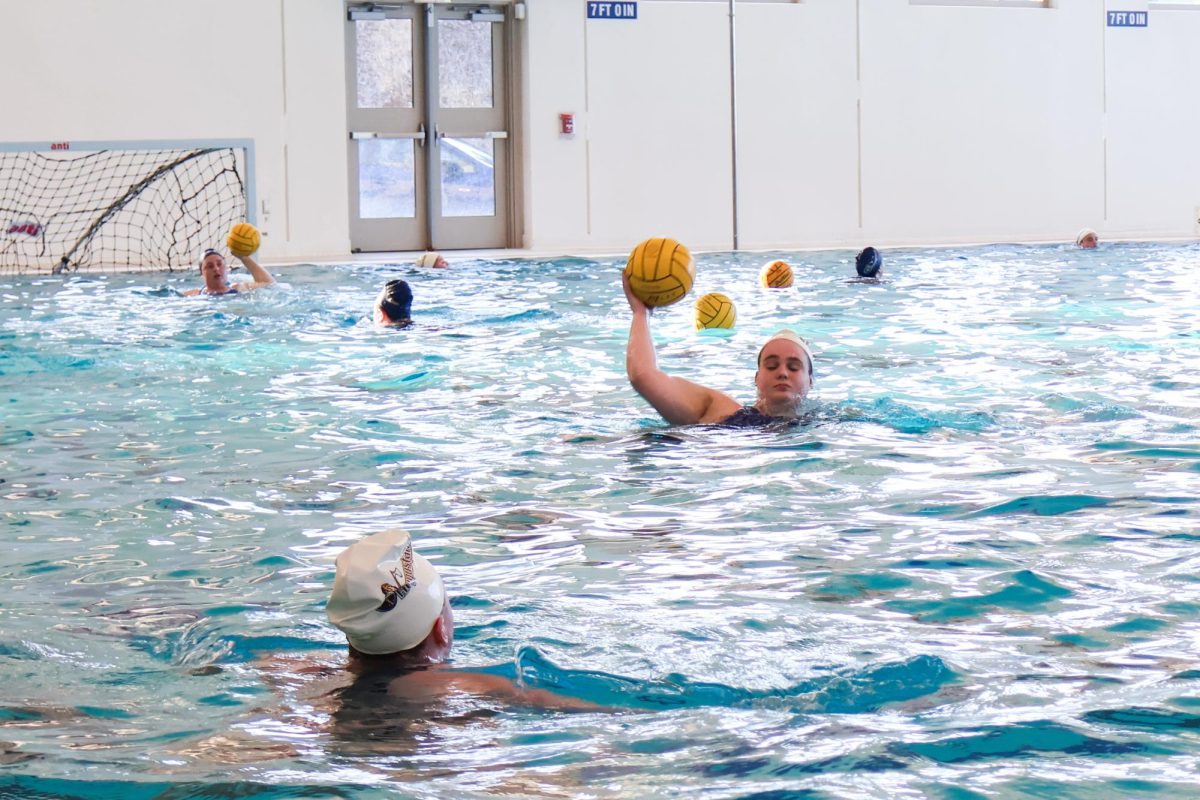The academic journey in college is rarely a straight line, and making the decision to switch majors or drop classes can be a daunting one that is often shrouded in stigma. Navigating the twists and turns of college life can be challenging, and sometimes that journey can lead students down unexpected paths. Although the decision to make a class or major change can be scary, Augustana is committed to making the transition as seamless as possible.
Kristin Douglas, associate vice president of retention and student success at Augustana, ensures that students have access to all of the support and resources needed to be successful. Part of the difficulty in switching majors can lie in making the decision in the first place.
“Some students who have declared a major [are] recognizing that this major is not a good fit, and they are anxious and self-conscious about talking to their advisor to change their major,” Douglas said.
Switching majors or dropping courses can be accompanied by feelings of failure or letting others down. However, faculty can be a great resource for student success.
Senior Michelle Pacheco made the decision to switch majors as a first-generation college student after her study abroad experience in Italy. As the first in her family to attend college, she wasn’t aware of the vast range of possible majors.
“One of the biggest barriers for first gen. students is just not knowing what’s out there. There were certain fields I didn’t know about,” Pacheco said.
Pacheco made the switch from neuroscience and biology to neuroscience and sociology & anthropology (SOAN). Retaining one major, she went from studying life to studying life. The change was made easier when she reached out to her advisor and was met with enthusiasm.
“When I talked to my biology advisor, [I said,] ‘I want to thank you for everything… You’ve really helped me within this major and outside of it, as well,’” Pacheco said. “She was also just so encouraging and so happy that I had found something that was meant for me.”
The pressure can also be felt when it comes to transfer students switching their majors or dropping their courses, since they may have fewer than four years to build up credits. Fortunately, there are people at Augustana who are there to help and are deeply experienced.
Liesl Fowler is the college’s registrar, and has worked to support transfer students for nearly a decade. Because credit transfer can be a crucial but confusing part of the transfer process, Fowler works to keep advisors informed.
“Every student has a different situation,” Fowler said. “We try to make sure that advisors understand that and maximize the amount of credit for transfer.”
Transfer students may have slightly less time at Augustana, but the semesters can fly by for others as well. When students are facing a rough class or semester, Fowler said students’ first priority should be their GPA.
“If you’re in danger of failing a class, protect your GPA and drop it. We’ll try to figure out how you can make those credits up later,” Fowler said.
The stigma of the word “failure” can be overwhelming. Recognizing when to change plans can be difficult and reaching out may feel shameful or impossible. However, as student support specialist Michelle Ramirez pointed out, students aren’t alone.
“It is common for students to get in, declare a major and take a class [and realize] this isn’t for me,” Ramirez said.
In fact, over 30% of bachelor’s degree seekers will change their major at least once within their first three years of college. Because students at Augustana must accumulate 60 credits before they can declare a major, there is ample opportunity to make changes before making that decision. Even after this point, decisions aren’t permanent; Pacheco made her switch after far more than 60 credits.
Pacheco said that her biology advisor was happy she “had the courage to change it, even though it was spring semester of junior year.” Still, making a late change can demand confidence and determination.
“It’s kind of a last minute change,” Pacheco said. “It’s doable, but you have to really want it to complete the major.”
If a student realizes early on that a class isn’t for them, the drop deadline to avoid a “W,” or “withdrawal,” grade is only a week after classes begin. Fowler explained that this window gives students time to make schedule modifications.
“It’s really hard to get caught up as a student when you’re adding a class,” Fowler said. “If I’m in a class for about a week and I don’t like it, I’ve still got time to get into another class before I get a W grade.”
That letter “W” doesn’t spell out the end of a student’s college career. In fact, they are a far safer alternative to a failing grade. Instead, “W” signifies an often significant victory: a student’s journey to discover a new calling and maintain academic standing. For students in or near this position, student support specialist Christina Klauer said that meeting with an advisor should be the first step.
“The advisor knows your plan and your major, so they would be your first contact,” Klauer said. “After you speak with them, you should submit your drop form.”
Those conversations don’t need to be limited to one individual. Advisors are there to help, but students can also reach out to other faculty, CORE career counselors and peers with similar experience to find their best path forward.
But the path isn’t always well-lit. Even when students are firm in their decision, telling others can be frightening. Stigma and the fear of letting others down can be difficult to manage.
“I was really scared to tell them I wanted to switch, because I felt like I was disappointing other people,” Pacheco said. “I had reached the SOAN department first, [asking,] ‘is this actually the right major for me?’”
When she reached out to Dr. Adam Kaul, SOAN department chair, his reply gave her confidence and direction.
“He emailed me back within a day and [said,] ‘It sounds like you want to do something in medical anthropology,” Pacheco said.
A later meeting with her neuroscience advisor gave Pacheco the reassurance that a double major was still possible. For students with one major, or those looking to make a small switch within a field, the process can have even more leeway. Whether students are debating a course change or settling in after one, campus resources are here to help.
“There are resources on campus that introduce you to new ways of studying,” Douglas said. “Visit the Learning Commons.”
But students may wonder how soon they shouldutilize resources like the Learning Commons to ask for help. Should it be as soon as they recognize something is difficult, or after they’ve had time to try different strategies?
Besides the benefit of protecting a transcript, it can be mentally and emotionally easier to ask for help early on in the process.
“It’s a lot easier to ask before there’s been a failure,” Douglas said. “It is not something that someone should be ashamed of.”
Every student on campus has a student success team whose members are listed on Starfish. Though receiving a flag or notice from the service can cause anxiety, Starfish facilitates access to that dedicated team, whose goal is to help students grow.
To students who find themselves in the middle ground between courses, majors and other academic decisions, Pacheco said this:
“It’s important to be passionate about something, but also practical. Have conversations with your advisors, friends, families or anyone you feel comfortable talking to about what you enjoy doing.”













































































































